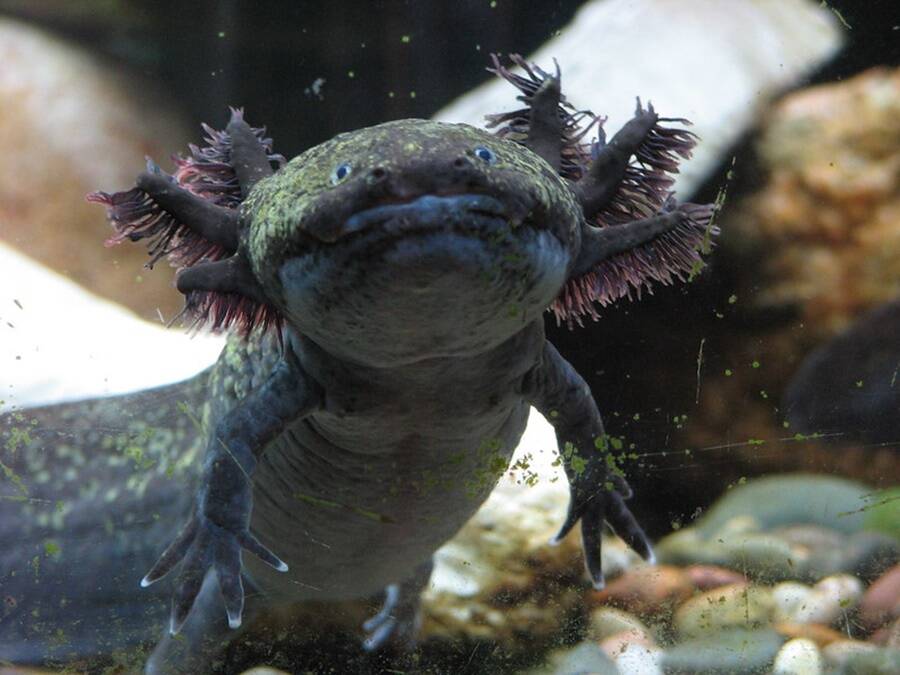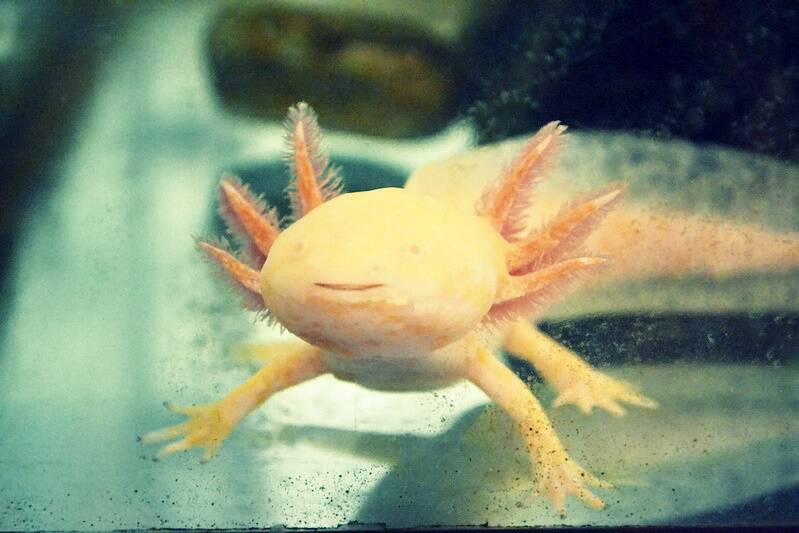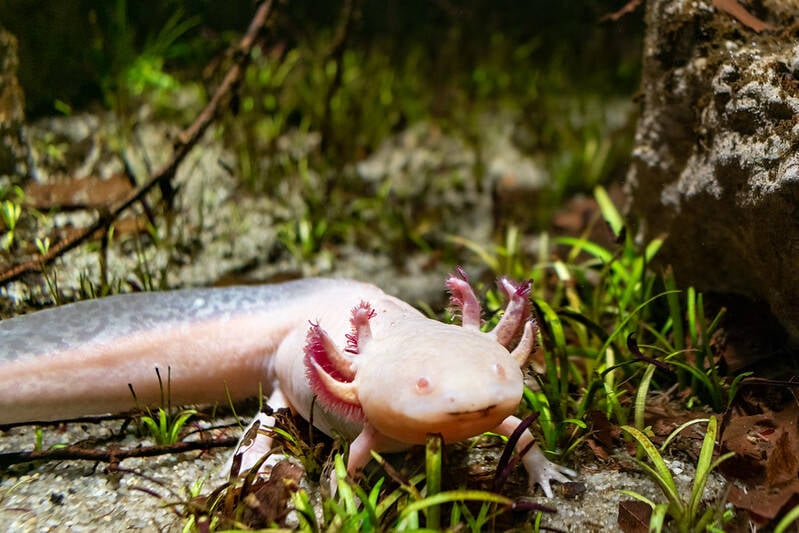Axolotls, The Strange Animals That Can Regenerate Limbs
In the canals of Mexico lives the axolotl, a rare species of salamander that is amphibious and possesses frilly gills on either side of its head. This creature is, without a doubt, one of the weirdest animals in the world.
The axolotl (Ambystoma mexicanum) once heavily populated the mountains of central Mexico, but now they can only be found in the canals of Mexico City. They are indigenous to the region, which is perhaps why they have become such a national icon in the country.
These animals vary in coloring, sometimes they are pink while other times they are tinted dark grey. They have round faces with funny-looking features, making them look like plush dolls rather than aquatic amphibians. The axolotl's appearance is both odd and adorable, which has fueled its popularity among fans of unusual creatures.
They're neotenic, which means that the adults keep the distinct traits of their juvenile state. By comparison, other species of salamander largely shed their juvenile features as they mature.
Most remarkable is the axolotl's ability to regenerate severed limbs and organs. They've also been known to generate extra limbs.
But the axolotl is in danger. An exhaustive study of the axolotl salamander species estimated that there were about 6,000 of them per square kilometer in Xochimilco. Now, that number has drastically dropped down to fewer than 35 individual axolotls within the same radius.
These unique amphibians have all but disappeared in the wild, yet they are almost ubiquitously found in pet shops and laboratories worldwide. The axolotl's anomalous genetic makeup has also made it a valuable specimen for scientific study.
Studying axolotls has helped researchers to achieve a variety of scientific breakthroughs. They were key in the study of how organs develop and function in vertebrates. Scientists used them to determine the causes of spina bifida in humans, a congenital disability in which the spine doesn't properly form. These animals have also contributed to the discovery of thyroid hormones.
The extreme decline of their wild populations can be traced back to the 19th century when colonial researchers first came across them. The discovery of their unparalleled genetics spawned a craze of inbreeding among naturalists and research museums across Europe. The majority of laboratory specimens are related to a single group of 34 axolotls that were taken from the wild by a French-funded expedition in 1863.
The consequences of that expedition are still felt today. Axolotls grown in captivity have a genetic vulnerability to disease. Researchers in Mexico are working to conserve the last of the axolotls that live in the wild. But without help from the government and other authorities across the world, it may not be enough.




















